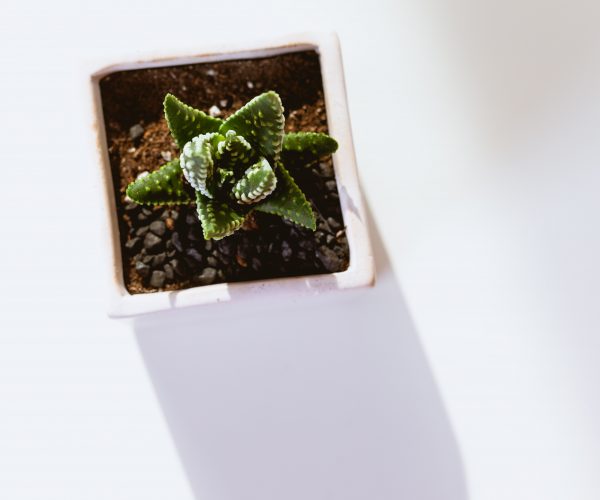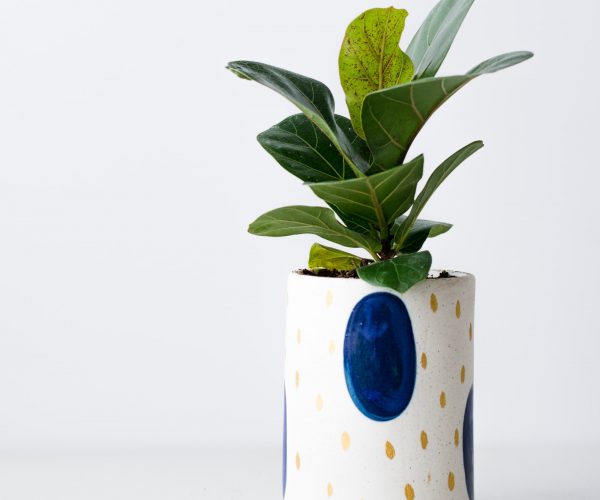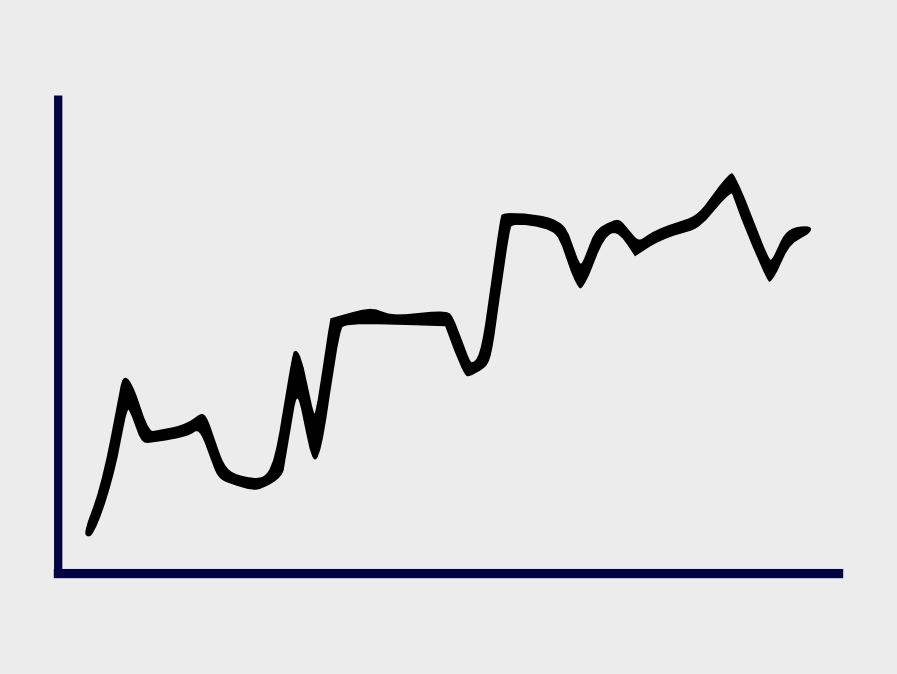Houseplants SEO
SEO and UX to increase organic traffic and sales
SEO and UX to increase organic traffic and sales
We worked with a client who sells plants online, ranging from tiny little succulents to extra large, two-metre tall houseplants.
With the online plant industry being fiercely competitive, our client wanted help gaining visibility and appearing higher up on the search page.
We began a campaign that would eventually see our client go from not ranking for any keywords at all, to ranking in the top ten for a number of their priority keywords within six months. They are currently ranking in first place for several keywords related to their industry, and have seen their sales drastically increase over the last year.

The first thing we did was undertake keyword research working closely with the client to ensure these reflected their business priorities. It’s important to have a mix of keywords with large search volumes as well as those with lower volumes. This is because trying to get to the top spot in Google for the keyword with the highest search volume is going to take a while. With the lower volumes, there are likely to be quicker wins.
We came up with a detailed list of keywords for long terms as well as a shorter list. The long list was where we wanted to focus on over the coming six to 12 months, but the shorter list was where we wanted much quicker results.
As mentioned previously, there is a lot of competition in this industry. Therefore, competitor research was clearly going to be a crucial part of this campaign and something we’d have to prioritise if our client was going to succeed.
We conducted our research by using a number of tools and also reviewed our competitors’ websites. We assessed where they performed well, tried to understand their targets and traffic. There are always things to be learned from other websites in general, but especially when they’re selling the same products as you. If we discovered that they had a number of pages with particularly high traffic, we could try to examine why and then learn from this.


Off-page SEO: The technical work we did is ongoing, as there are always parts you can tweak and improve. As we added new products, we made sure to group them together accordingly, in order to make the plants easy to find. We also focused on navigation, as UX is crucial within SEO, even more so now Google has announced the introduction of Web Vitals in 2021.
On-page SEO: Content was a significant feature of our strategy. We began to integrate the keywords taken from our research into blogs, articles and guides. Producing keyword-rich, well-written content is a proven way to improve SEO rankings. We also tried to address content that users might be looking for. Once we had produced this content, we made sure we didn’t leave it alone. We went back and refreshed the content to keep it relevant and make sure it kept the website ranking highly for the target keywords.
Although much of our work with the client was altering and improving things they’d done in the past, we also helped them to prepare for things that were coming up in the future.
Part of our ongoing support package is that we warn our clients of any significant changes in the world of SEO which could affect their rankings.
We keep up to date with all of Google’s algorithm changes. Some of these updates can have drastic effects on SEO, which can either hurt or improve SEO rankings in a short amount of time.
We also help our clients to spot opportunities which they can benefit from such as upcoming events or days in the calendar that can be a big driver of sales.

While the results of this work wouldn’t all immediately translate into rewards, we knew that we were setting the process in motion and in good time our client would begin to notice an increase in traffic. As it happens, we started to see results much faster than we expected.
We have been working with our client for the last eighteen months, and we’d been consistently seeing improvements over this entire period. We started working with our client in January 2019, and by April we had already seen them increase in visibility by 4.54%.
From when we first started recording their data, the traffic to their website increased to 16.78 and the ranking position of their average keyword rose to 18.98. In such a short period of time, we were already seeing promising results.
The work continued, and over the course of the rest of 2019, we saw their visibility raise by a further 4.82%. Their traffic and average keyword rank continued to rise as well, reaching 165.52 and 75.96 respectively.
This graph below shows how the visibility of our client’s website changed over the course of 2019. There will always be minor dips as sometimes Google’s algorithm can be temporarily damaging, but this upward curve is what we (and our client) like to see.

This shows that while much of our work is changing tiny things here and there, the overall result of this is great overall growth, and our client’s website is much more visible now than it was when we started.
The thing about SEO work is that it just never stops. There are always more improvements to be made and new content to post. There’s always next Mother’s Day or Easter or Christmas to plan and prepare for.
There could be a huge change in Google’s algorithm (luckily we know about the next one in advance) or a competitor who forces you to go in a new direction and try a new angle. It’s a never-ending, constantly changing industry which we find fascinating and pride ourselves on staying up to date with.
We still continue to work with this client to this day, brainstorming new ideas and planning our next campaign. Although, at this point, we, like many others, don’t exactly know what next year will bring!